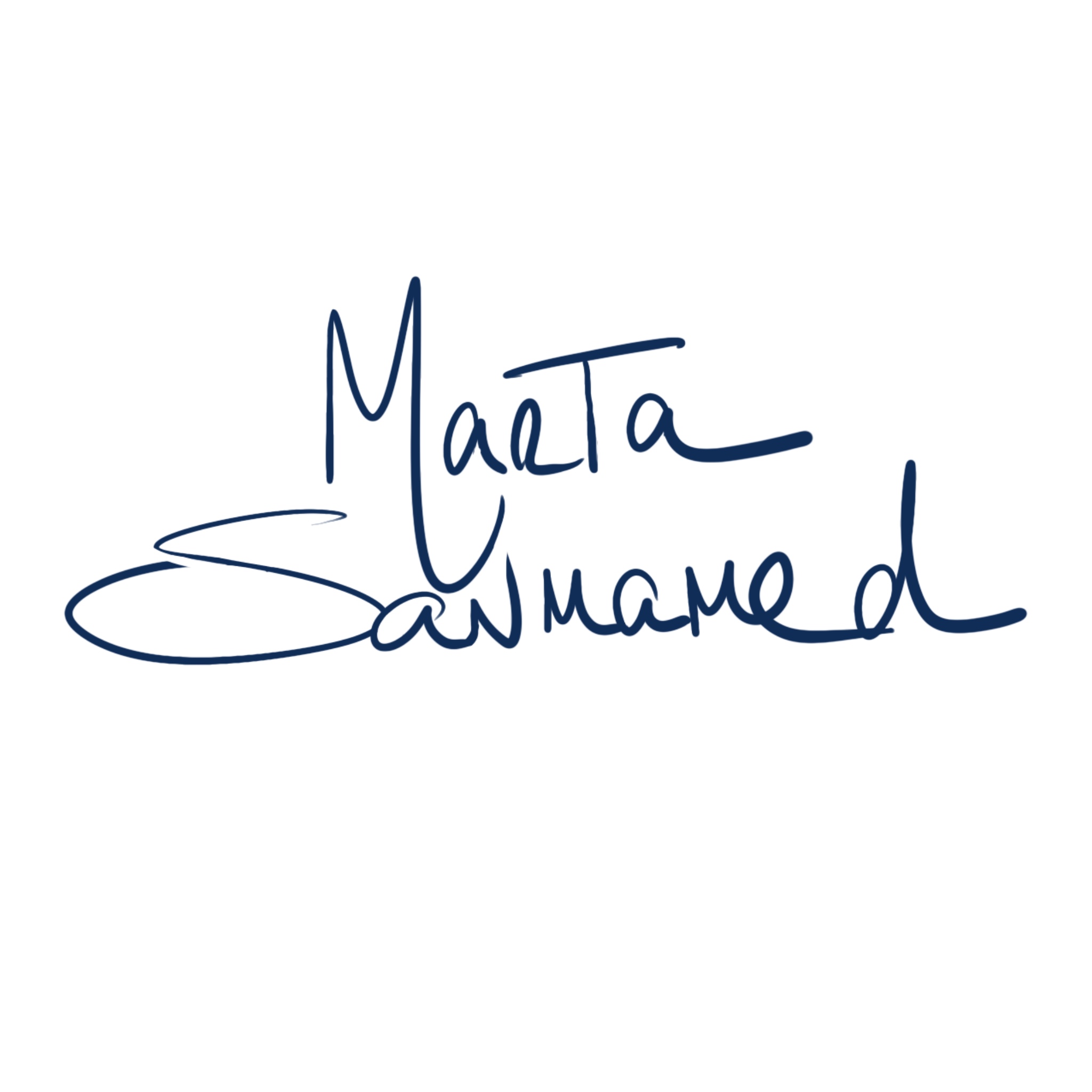The intersection of blockchain technology and crypto art is not just a technological revolution; it’s also a cultural and social movement that is increasingly being shaped by women. Historically underrepresented in both the tech and art industries, women are now emerging as key players in the blockchain and crypto art spaces, leveraging these platforms to showcase their creativity, drive innovation, and challenge traditional norms.
The role of women in blockchain
Blockchain technology, with its decentralized nature and emphasis on transparency and inclusivity, offers women a unique opportunity to overcome many of the barriers they face in traditional industries. In the blockchain space, women are participating and leading projects, founding companies, and influencing the direction of this rapidly evolving technology.
However, the journey has not been without challenges. Like many sectors within tech, blockchain has traditionally been male-dominated, with women often facing discrimination and a lack of representation. Despite these obstacles, women have been at the forefront of pushing for greater diversity and inclusion in the industry.
Initiatives like SheFi and Women in Blockchain are dedicated to educating and empowering women to take active roles in this space, fostering a community that supports and uplifts female voices.
Women shaping the crypto art landscape
In the world of crypto art, women are redefining what it means to be an artist in the digital age. Crypto art allows for a new form of expression that transcends traditional artistic boundaries, and women are using this medium to share their perspectives, tell their stories, and connect with global audiences in ways that were previously impossible.
One of the most significant aspects of crypto art is its potential to democratize the art world. Through platforms like SuperRare, OpenSea, and Foundation, female artists can mint and sell their work directly to collectors, bypassing traditional gatekeepers like galleries and auction houses.
This direct-to-collector model increases the visibility of female artists and allows them to retain more control over their work and its value.
Moreover, the transparency offered by blockchain technology ensures that artists receive fair compensation for their work, including royalties from secondary sales. This is particularly empowering for women, who have historically been marginalized and underpaid in the art world.
By embracing crypto art, women are not just participating in the market—they are actively shaping its future.
Challenges and opportunities
While the rise of women in blockchain and crypto art is promising, challenges remain. The tech industry as a whole continues to struggle with issues of gender inequality, and the crypto space is no exception. Many women still face barriers to entry, including a lack of access to education and resources, as well as ongoing biases and stereotypes.
However, the growing presence of women in these fields is beginning to shift the narrative. As more women become involved in blockchain and crypto art, they bring with them diverse perspectives that are crucial for the development of these technologies.
Their contributions are not only enriching the creative landscape but are also helping to build a more inclusive and equitable future for all.
The increasing visibility of female leaders and artists in the blockchain and crypto art spaces serves as an inspiration for future generations. By sharing their stories and successes, these women are paving the way for others to follow in their footsteps, proving that there is a place for everyone in this digital revolution.
Looking ahead
The future of blockchain and crypto art is bright, and women will undoubtedly play a significant role in shaping it. As these technologies continue to evolve, they offer countless opportunities for innovation, creativity, and social change. For women, this is not just about participating in a new industry—it’s about leading it.
By continuing to push boundaries, challenge norms, and support each other, women in blockchain and crypto art are not only making their mark on the present but are also creating a legacy for the future. In this rapidly changing digital landscape, their contributions are essential to building a more diverse, inclusive, and innovative world.

